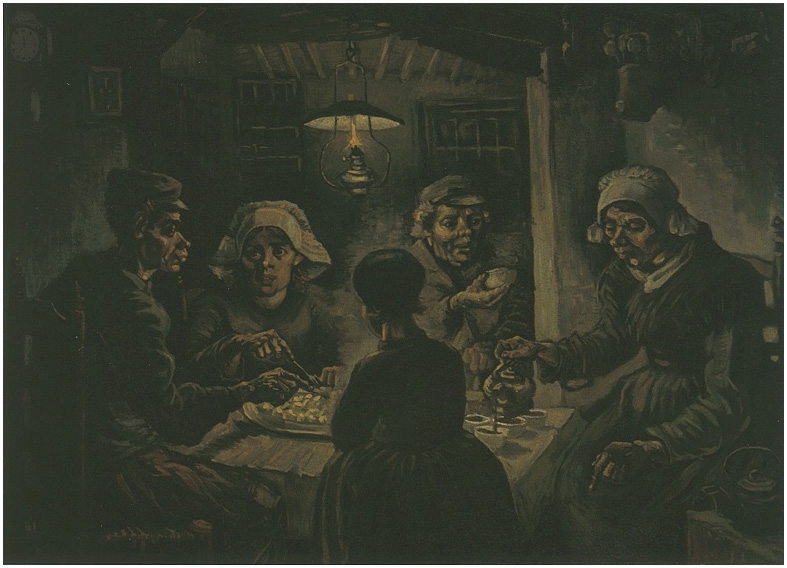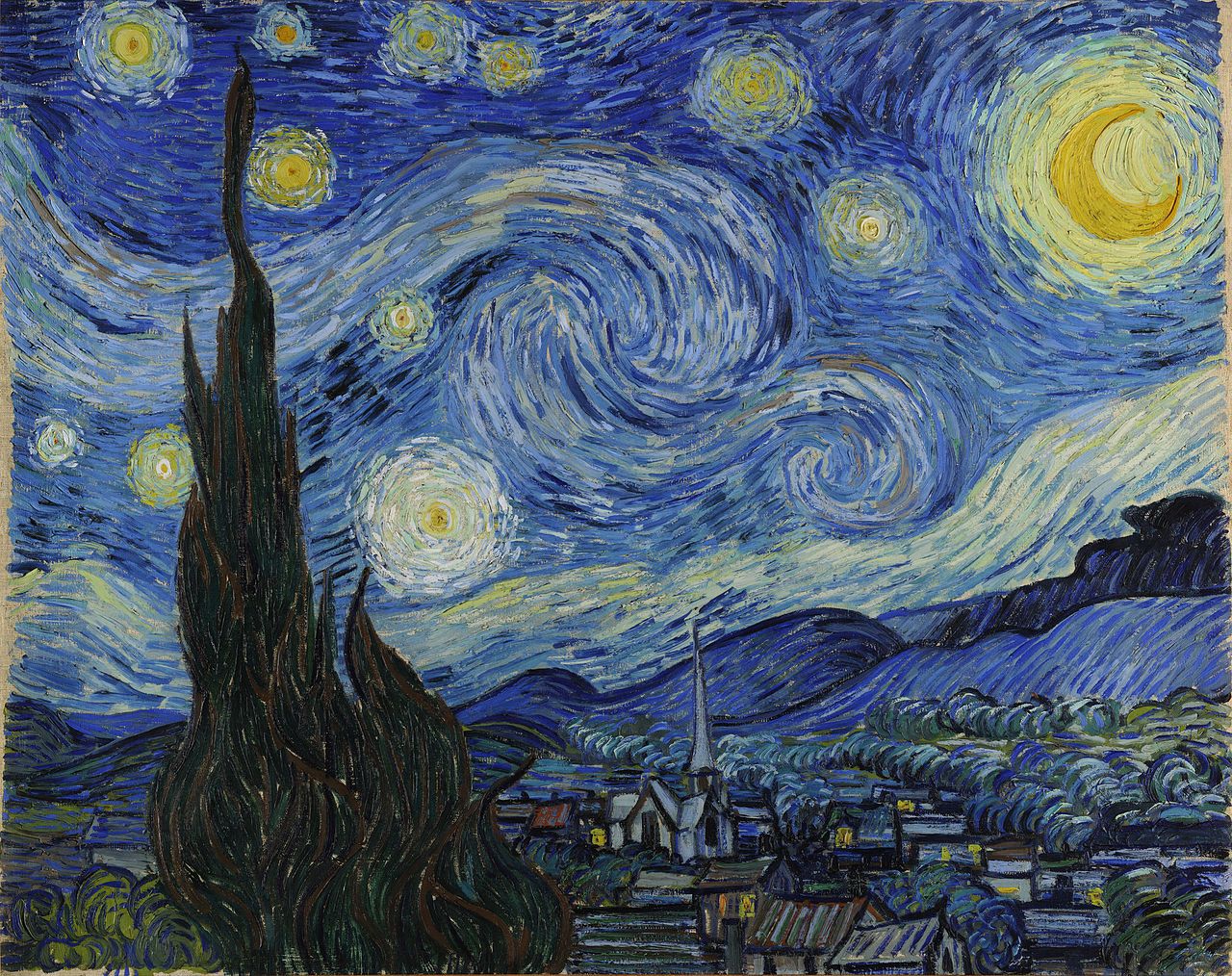Write...Edit...Publish... is sticking to its Lite version for now...and I am sticking to the essay format...
Breath and Shadow
A human being is only
breath and shadow. – Sophocles.
 |
| Credit |
The
mind can contain a whole skyscape of grief and loss and stressful pandemics,
yet go about working cell by cell on spreadsheets, or writing word by word, an
essay sparked by a prompt. It can imagine the universe is its oyster, it can
blithely go about seeing multiverses in a grain of sand. Smoothly glide back and forth along the
continuum of time from history and art history to sci-fi and fantasy. Between
truth and fiction, between the abstract and concrete, between the painfully
personal and the monumentally universal. There is no end to its skittering
about.
Today
it’s vaulted back to the first seat of Western higher learning, to Athens.
That’s where the history of the cast shadow in Western art goes back to - ancient
Greece. They were the first to develop and use ‘a geometry of light’ and cast
shadows in art. Apollodorus, an Athenian artist, introduced a
shading technique called skiagraphia (lit shadow-painting) to create the
impression of volume, depth and space on a flat plane. However, in the Allegory of the Cave, Plato set up a shadow-reality dichotomy that
continues to influence all spheres of Western culture even today. That Greek
perception of shadow was negative – associated with ignorance, illusory,
unreal.
 |
A
counterpoint can be found in the Natural History in which Pliny the
Elder, the Roman historian, recorded the Greco-Roman origin myth of Western art:
a young woman – the clay modeller Butades’ daughter, who captured her lover’s
shadow on a wall as he slept on the night before his departure as a romantic
keepsake. This was a far more positive angle, a love story, but it could not
throw off the Cave’s, um…long shadow. Cast shadows in art dwindled from the
classical period onward, with their dodgy impression of ugly, gloomy, negative,
deluding the viewer with trickery and deception. Shadows in art remained a
no-no for centuries. Till the Renaissance upended everything.
***
Darkness is the
absence of light. Shadow is the diminution of light. – Leonardo da Vinci.
The
grasshopper meanwhile, as is its wont, has leapt down a rabbit hole. What exactly
were the Easterners doing to their shadows? Eastern art, the Chinese, Japanese
and Indian traditions are deep and ancient, but they always were more stylised
than Western art. No space for cast shadows there historically. From the
Renaissance onward Western art explored the exact representation of experienced
reality through linear perspective, shading and shadows. Eastern art by and large remained moored in
tradition however, and experiments with realism came later, mainly due to European
colonisation. But the converse is also true, Eastern art diffused into Europe
and inspired Western artists too. In particular, Japanese art crossed the
oceans and left its indelible mark on one particular, much celebrated artist.
A
landmark Renaissance work, where linear perspective and cast shadows were first
used, was a fresco in the Basilica of Santa Maria del Carmine in Florence. The
artist, Masaccio (1401-28) was one of the pioneers in Renaissance art - he
used cast shadows masterfully.
 |
| Credit |
In
another Masaccio artwork – St
Peter Healing the Sick with His Shadow, the
shadow of the saint dominates the core message, but visually the shadow does
not hide the sick.
| Credit |
The
vocabulary of shadows continued to develop through the work of later artists -
Caravaggio, Bernini, Gianlorenzo and others.
By the time of Rembrandt and Vermeer, the techniques of perspective,
chiaroscuro and cast shadows were quite established. And then Impressionism with
its soft brush strokes, stunning colours, subtle movement and shimmery reflections
shredded all the rules again.
***
Like a shadow, I am
and I am not. – Jalaluddin Rumi.
 |
| Credit |
 |
| Credit |
Japanese
art was a major inspiration for Vincent, he wanted to find a take-off point
for a more modern, more stylised vibe, and Japanese prints – with their bold
patches of colour, prominent contour lines, lack of horizons and shadows,
truncated frames and focus on nature – fitted admirably. He went south to Arles
looking for the “clearness of atmosphere” and “colour effects” of Oriental prints. Even his
idea of an artist’s commune was based on Japanese monks living and working
together. His painting of his bedroom at Arles is the epitome of the Japanese
influence – bold colours, a subtly distorted perspective and removal of all
cast shadows.
 |
| Credit |
WC - 1051
FCA
Read the other entries -


WEP may be light. Your words are not. I will visit, revisit and ponder in the days to come.
ReplyDeleteMany, many thanks.
I've been trying to lighten up and failing singularly. This year no lightness for me...thanks, EC for being here.
DeleteHari OM
ReplyDeleteWith your words woven into sentences which weave light in the brain and leave it in the shadow of thought, I thank you for leading us along a fascinating and dappled trail! YAM xx
I love dappled trails too! <3
DeleteI thought of the shadow puppet shows of Thailand (I think). A different kind of shadow.
ReplyDeleteThe history of shadow puppetry is also fascinating! And silhouette photography... and then onto films/TV. Shadows have a big role in all arts really.
Deletewow - this was Art History 101. Children at home should be required to read this link. Nila - you are something else with your words. I'm envious and grateful at the same time - to get to read and ponder. Thanks!
ReplyDeleteThank you! I am a fan of history and van Gogh both, so ... :)
DeleteWonderful. The introduction was breathtaking. All lights shades and shadows converged into Vincent Van Gogh.
ReplyDeleteGlad you enjoyed it. Thanks.
DeleteThis essay was such a treat to read, imparting so much information while playing beautifully with words.
ReplyDeleteNot sure if the words play with me or the other way round! :) Pleased you liked it.
DeleteI love your posts! You weave words beatuifully and I always leave better for having arrived. Thank you!
ReplyDeleteThat is the nicest compliment one can receive, thank you!
DeleteGreat essay, really brought art to life.
ReplyDeleteThanks.
DeleteNice Article. My reaction to your post went from "OMG I'm like this!" to "that's enlightening, I should read more about this."
ReplyDeleteThat's super helpful the detailing of that reaction, many thanks, Bernadette. Btw, glad to know I'm not alone.
DeleteAn informative essay that discerns how easily the atmosphere around you shapes anything you create. Well done.
ReplyDeleteThank you, surroundings impact art expressions in the most hard to pin down ways sometimes.
DeleteThis is a beautiful and unique take on the theme. And such an interesting exploration of history--from the scholars thoughts to the world of art. I thoroughly enjoy the piece.
ReplyDeleteGlad you enjoyed the exploration, thank you.
DeleteWonderful essay, informative and emotional.
ReplyDeleteThanks, Olga
DeleteI didnt realise that shadows were out of favour in art till the Renaissance. I shall look more carefully in future. Light and shade, yes, shadows, no.
ReplyDeleteNot just in art, in language and literature too. To be in the shadow, to cast a shadow etc - none of it is perceived in a good light.
DeleteInteresting and informative. Nice job. Dixie Jo Jarchow
ReplyDeleteThanks.
DeleteYour essays always leave me stunned and speechless. The way you take the prompt and weave something so thought provoking and educational is astonishing. Wonderful!
ReplyDeleteThat's high praise - thank you!
DeleteDitto on Laura's comment. I'm thrilled to see you sharing this way. You are the master!
ReplyDeleteI'm thrilled to have such encouraging words from y'all! Thank you.
DeleteAnother wonderful art lesson. I've always related to the struggles of Vincent van Gogh.
ReplyDeleteNaughty Netherworld Press
Vincent has been a heart throb of mine for the longest time! :)
DeleteNilanjana I love your writing. The art lesson is great but I would come back for the sheer magic of your words.
ReplyDeleteThank you, Sonia. Means a lot.
DeleteThank you Nilanjana for this article and the quotes from Sophocles and Leonard Da Vinci, both embodying key moments to Humankind philosophy of life and art. Beautifully written. Happy WEP week.
ReplyDeleteHappy WEP week to you too, and thanks for the feedback.
DeleteAlways so interesting, knowledgeable and thought-provoking. I learn something every time!
ReplyDeleteThank you, glad to liked reading.
DeleteNila...wonderful...I feel I could sit at your feet and be lost in your words. From beginning to end, you held me in thrall. Of course, the introduction of Vincent into the mix had me delighted. Did you see they've found the exact spot/trees/road where he painted his last painting hours before he died. Sad that he only sold one painting in his lifetime. (On a side note, his bedroom is still exactly the same in all the important ways. Was there in 2016).
ReplyDeleteYes, that is so moving isn't it? To find the spot almost exactly as painted 130 years later! It's a real pity his work wasn't accepted commercially, had it been, he wouldn't have committed suicide I am sure! and we would have had more of his art to feast on. So tragic it ended the way it did.
DeleteHi,
ReplyDeleteWhat can I say but awesome. I sat here reading your essay an living the moment, my mind transported to each scene that you portrayed. Then Van Gogh whom I consider the greatest painter of all times. Ending this essay with him. you painted his agony and his ecstasy.
You are a borne historical writer of fiction and non fiction. Whenever I read your submissions for the WEP, I come out one gem richer in my heart.
Thank you.
Shalom aleichem,
Pat Garcia
Thank you Pat G. That is one of the nicest things anyone has ever said on this blog! One gem richer - I am going to hold that close. Both as inspiration and as a benchmark, thanks once again.
DeleteI am as always moved by how well, and poetically, you share information and honor each topic. I learn so much from your essays and, oddly, I feel I relate to the sad tone of this piece as it follows the trail of shadows through art.
ReplyDeleteThank you. I never feel I do the topic justice! It's always hard to condense everything I want said into the word count - sometimes I fail outright, at others I'm better at adhering to rules.
DeleteWow! That's a lot about art and Vincent that I never knew. Cool way to use the prompt.
ReplyDeleteGlad you enjoyed it, thanks.
DeleteHi Nila - as Pat mentioned above ... I really would like to spend a few months nearby - enabling me to learn at your skirt tales - I've made note of this as I have two art books I want to read. As with music ... I need to learn - but really appreciate how you've given us an overview of art history from the jumping brain POV - tying it all up with Vincent's last shadow of breath ... brilliant. You do write exquisitely ... take care and all the best - Hilary
ReplyDeleteThank you, Hilary! I am blown away by Pat and your kind words. There's a lovely book on the history of shadows in art, if I can find it, I'll send a link. Stay safe and well.
Delete